Once I have climbed the Misti, I organize myself to go to the Colca Canyon, the second deepest in the world with 4.150 meters, 165 km northwest of Arequipa.
Next to the “terminal terrestre” of Arequipa there are some vans that take me to Chivay (15 soles, 3h), passing almost 5000 meters above sea level, with vicuñas, alpacas, and llamas grazing. Vicuñas are a relative of the llama (camelids) that live wild at high altitudes and have hair on their chest that is highly valued for being a very fine and high-quality textile material.
A two-day excursion through the Colca Canyon
The next day I leave at 7 in the morning (to avoid the sun) with a tent, a bag, and a stove to explore the Colca Canyon (there are also small hostels along the way to hike lighter).
I go from Cabanaconde in San Juan de Chucho, an impressive descent in a dry terrain full of cacti. Along the way I meet a boy with some mules, who is very excited because he has found an onion. He throws it at the feet of the mules to make them move faster and in 2 minutes the onion is destroyed.
He asks me why I have a beard and why I am so hairy. I tell him that this is how I am. I ask him what his name is, and he answers: “Pedro, Perrrrrooooo” (Pedro, Dooooooog). Not only that, but I ask him how is his school. He says to me: “feeeeeea” (ugly).
This child is a reflection of the landscape, arid, inhospitable and authentic, domesticated by the Incas through irrigation channels that transform the places where they pass into an oasis, making a beautiful combination of green and yellow.
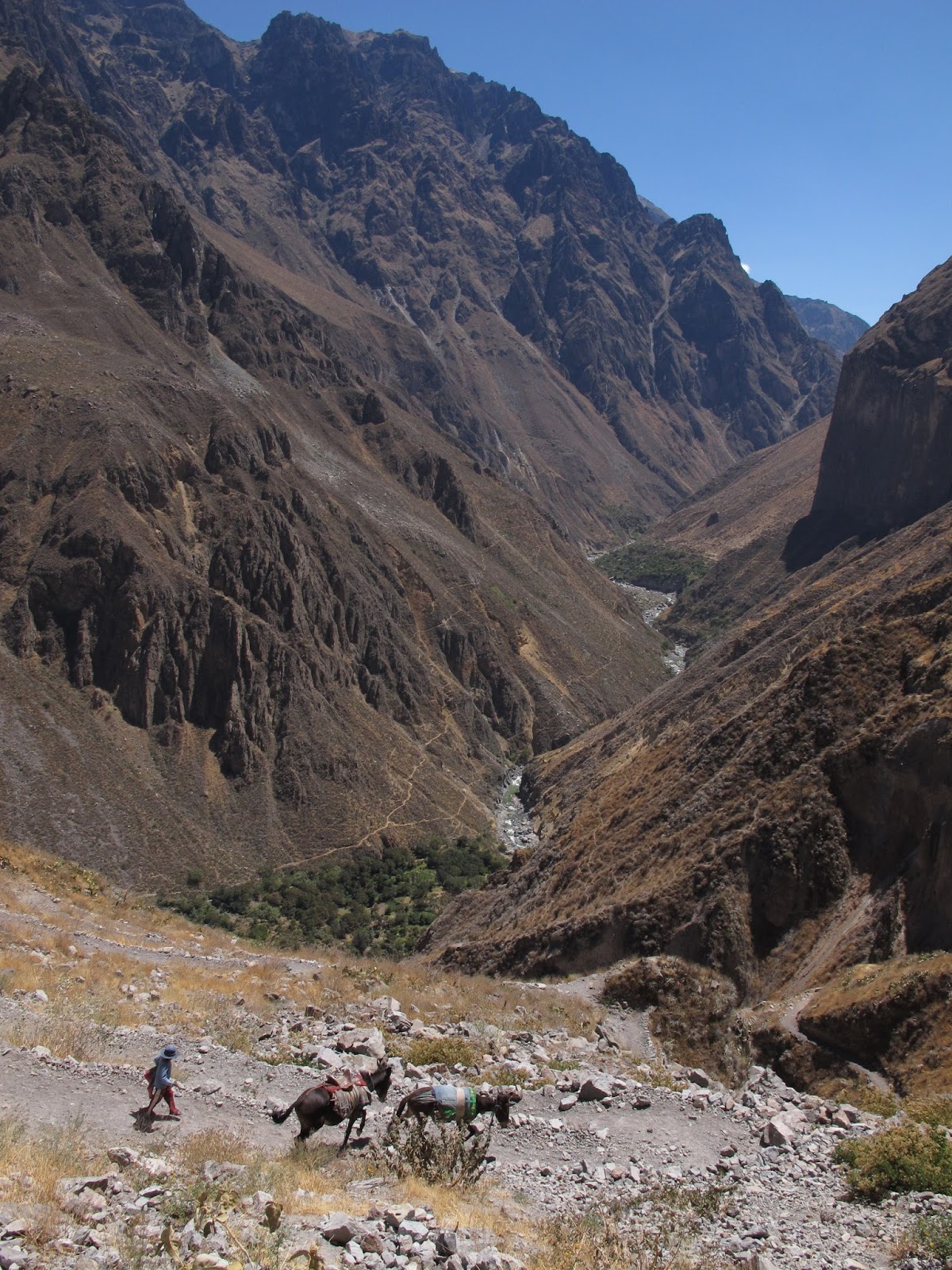 |
| Pedrito and the Colca Canyon |
When I get to the river, I find a boy fishing for trout with a net and his girlfriend. The local people work in agriculture, tourism, and collecting “cochinilla”, an insect that grows on cacti, highly valued for dyeing clothes.
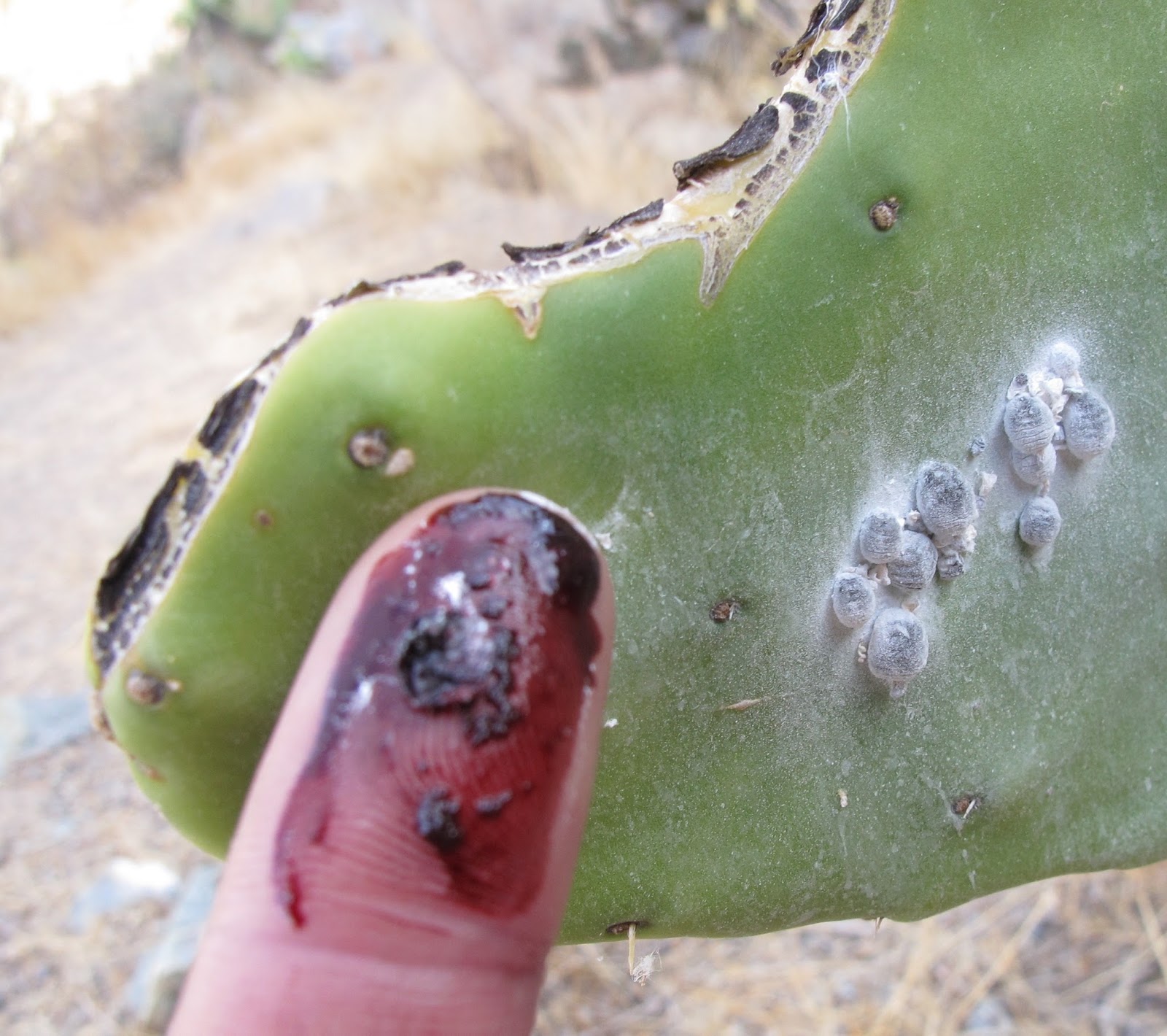 |
| Mealybug dye and mealybugs on the right |
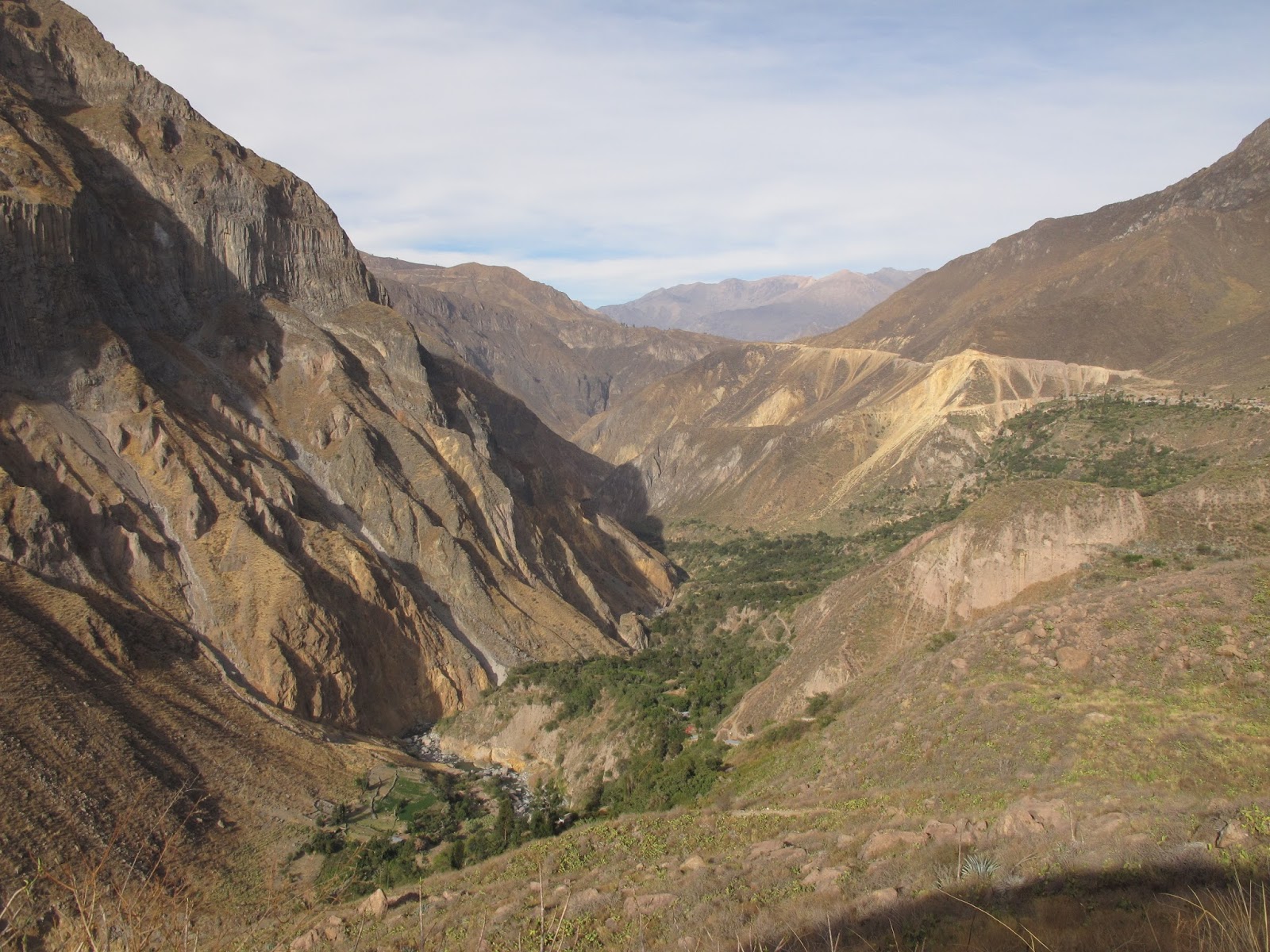 |
| Oasis and Sangalle at the bottom of the valley, Malata above. Green and yellow. |
The next day I go up to the town of Tapay where people greet me with a quick “Hello” but they are not very interested in interacting, they are tired of tourists, I think.
A visit to the Cruz del Condor
The next day I decide to take a rest day and take the 7 am bus to “La Cruz del Cóndor”. Next to me are two Peruvian hippies who are going to sell bracelets at this popular viewpoint, where people go to see condors. They are practicing Russian and I find it very curious and useless to learn Russian in such an isolated place in the middle of the Andes.
But when we get to the condor cross I understand why: suddenly buses loaded with Russians and Polish arrive, in the middle of nowhere! It is more fun to watch the tourists than to try to see the condors.
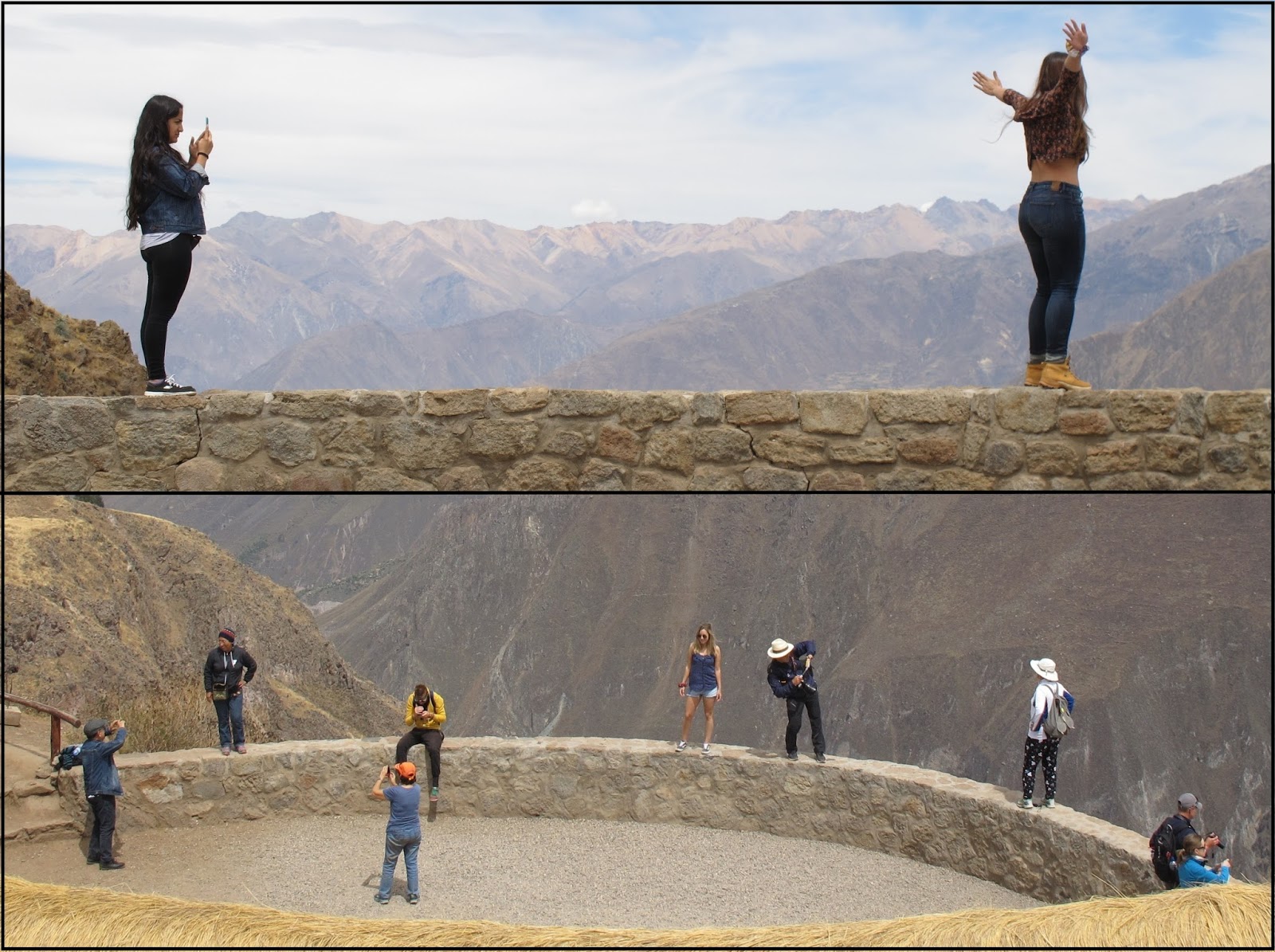 |
| Tourists waiting for the condor to pass |
There is a nice path along the “Canyon” that is worth it and I see a good group of very beautiful flowering cacti, with giant hummingbirds (Patagonia gigas) drinking their nectar, an Andean woodpecker, and the Mismi glacier in the background.
In the end, after two hours, when all the Russians and Poles have left, a condor appears far away, and it looks so small that it looks like a fly.
And the hippies play the quena inside the truck, and they do it wonderfully!
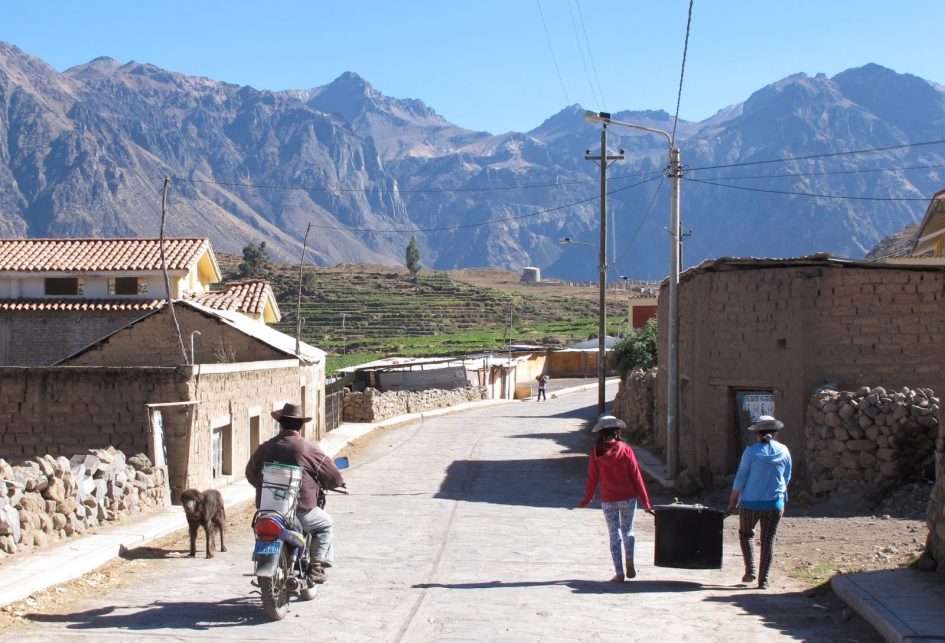
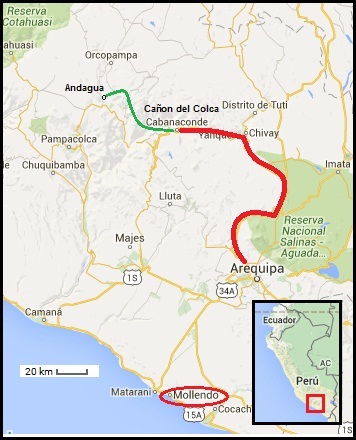
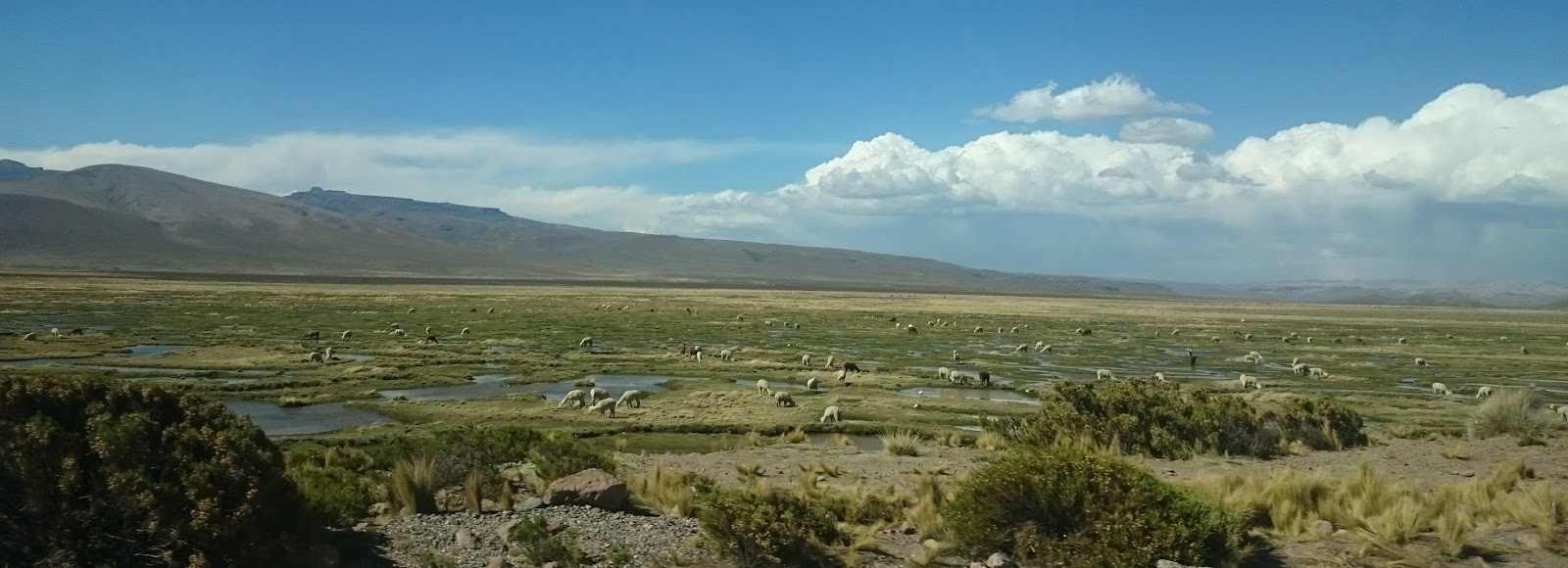
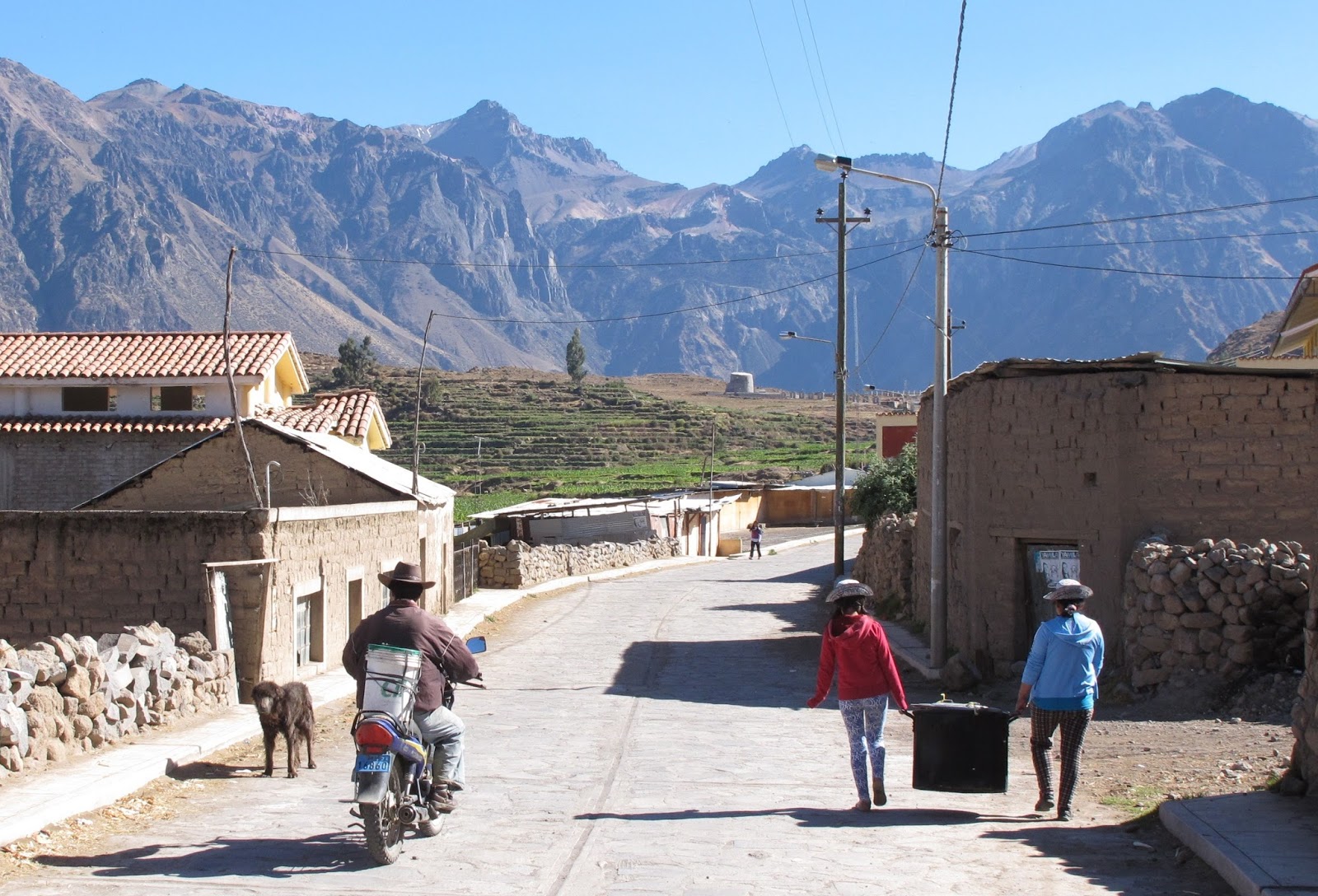
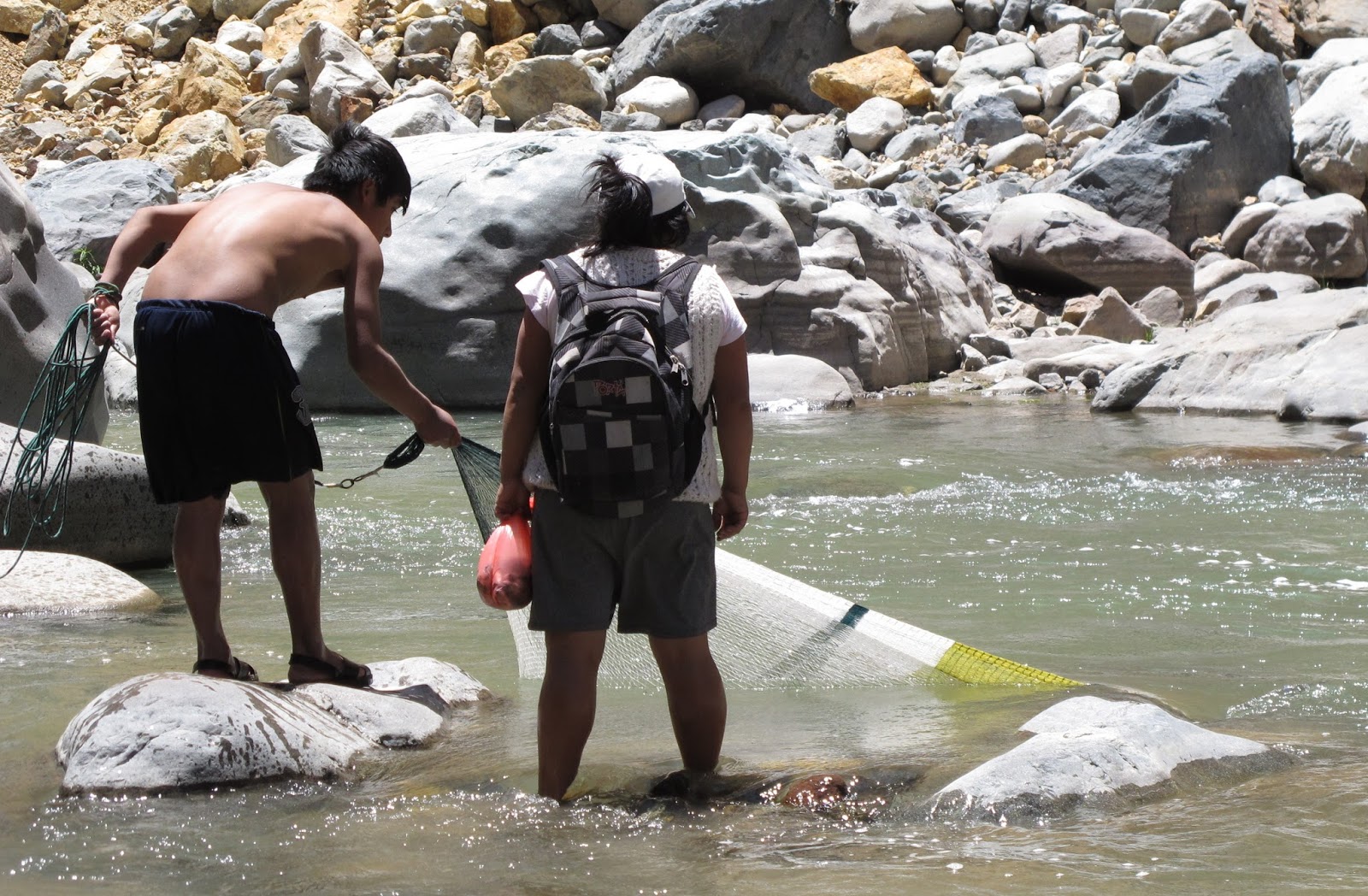

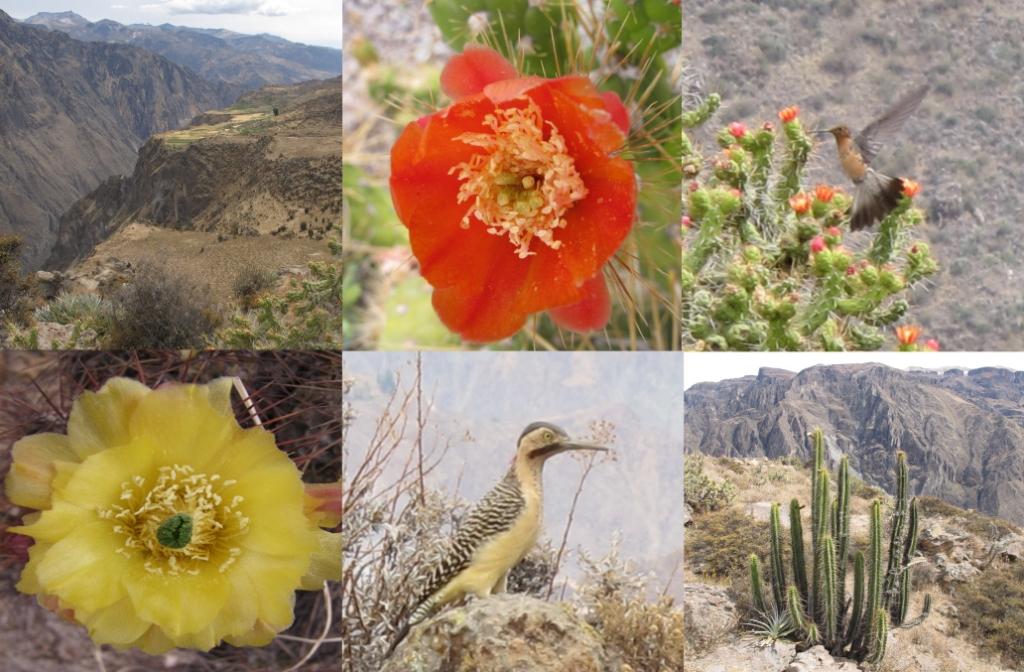
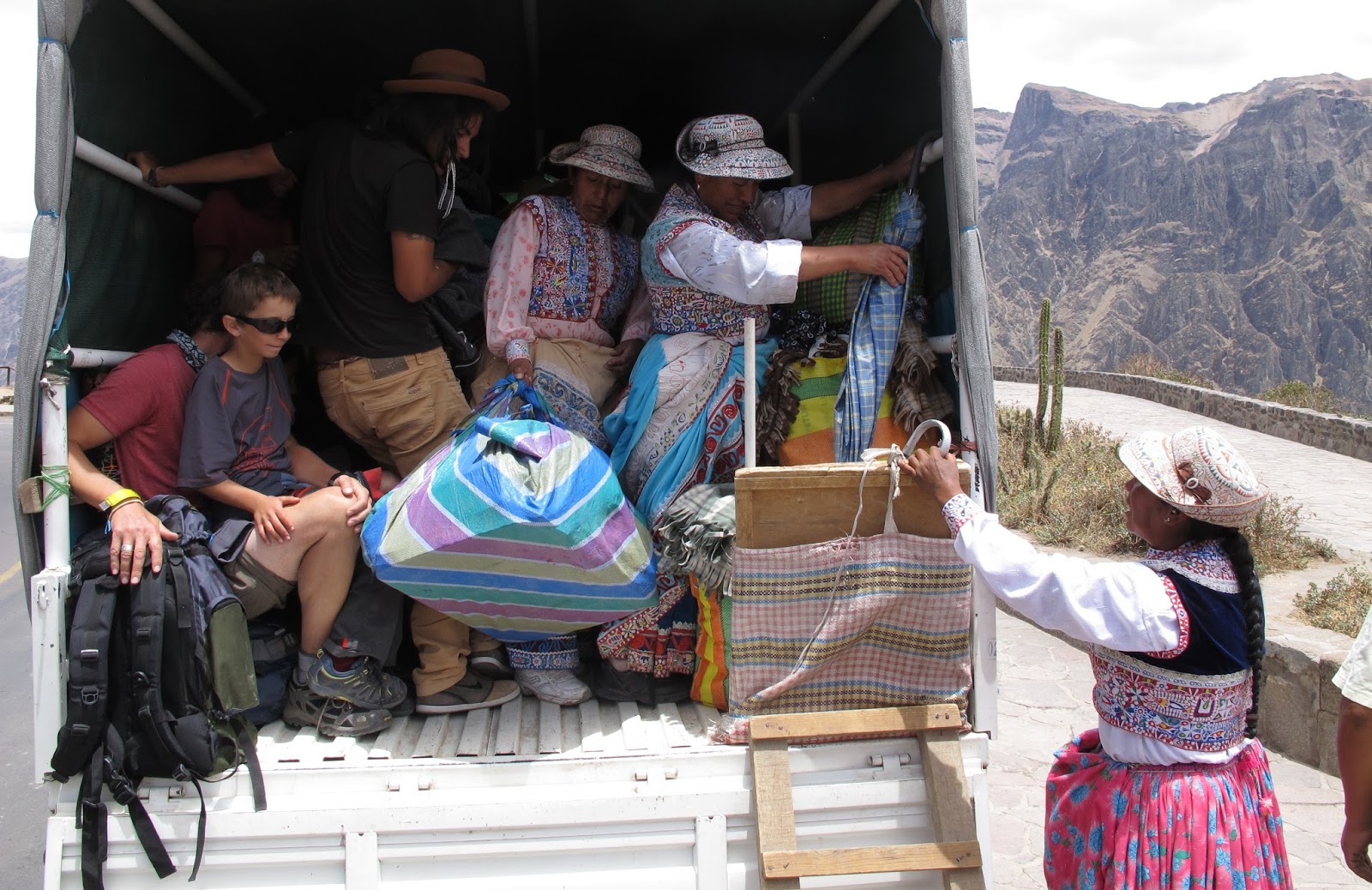

Leave a Reply